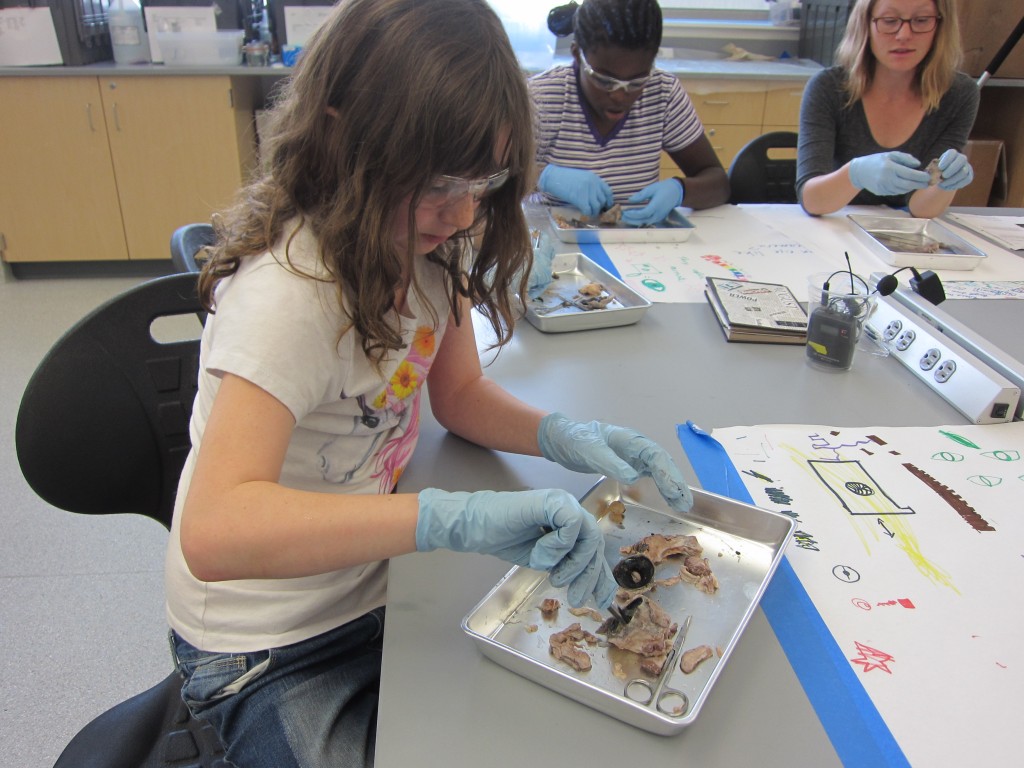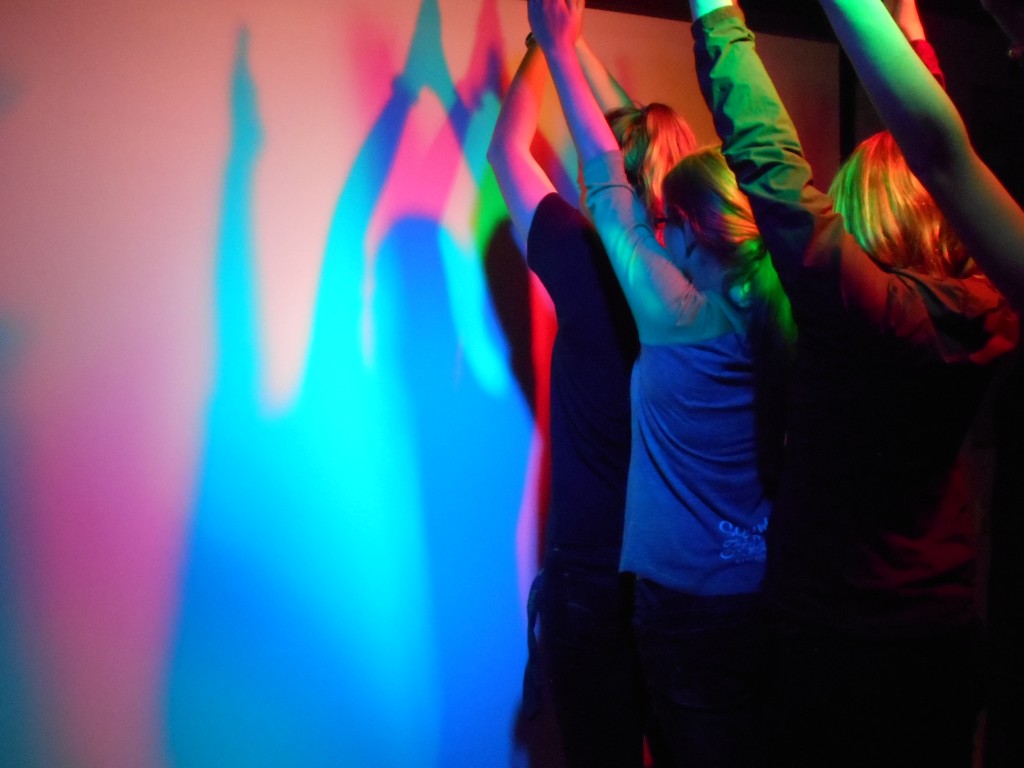Drawing girls to science
February 8, 2016
Diana Campbell
907-474-5229
Cow eyeballs start conversations among young girls about what’s an appropriate activity
for them, researcher Laura Conner has observed.

During the Colors of Nature program that Conner leads at the University of Alaska Fairbanks, girls dissect cow eyeballs to understand how mammals, including people, see color.
The 10-day program encourages young female artists to see themselves in science careers by entwining artistic and scientific activities.
Dissection day gives the young students pause.
“This is the activity that generates the most conversations about what is a boy thing, and what is a girl thing,” Conner said during her Jan. 26 presentation, “Drawing Girls to Science Through Art," at the Westmark Fairbanks Hotel. It was the second event in the 2016 Science for Alaska Lecture Series.
Women historically have not entered science careers at high rates. That’s changing, but not enough in some science disciplines, Conner said. Women make up 26 percent of the workforce in science, technology, engineering and mathematics fields, up from 7 percent in 1970.
Girls may not see themselves in those roles, according to Conner and the Colors of Nature team. That image can sometimes be reinforced by community, family or authority figures, for overt and covert reasons.
Changing the way girls relate to science could be the key, Conner said. But that can’t be done all at once. The goal of Colors of Nature exists to offer a little course correction.
Art is a good starting point.

“Some people believe that art and science are ‘manifestations of the same thing. They are avatars of human creativity,’” said Conner, quoting scientist Mae Jemison.
The Colors of Nature program enrolled 30 girls, ages 10-12, in two academies each summer from 2013-2015. They sought girls with an interest in art. The 10-day academy used open-ended activities, highlighted female role models and offered authentic artistic and scientific tools.
The first task for academy teachers, Conner said, was to defeat the “mistake monster” — that inside voice that says “I’m not good enough” or “I messed up." Instructors helped the girls become aware of such thinking and manage it.
Suminagashi helped. The girls poured oil-based paints on water, swirled them into a marbled pattern and dipped paper it the mixture. The marbling transfers to the paper, forming a beautiful piece of art.
“This is a freeing activity because, no matter what, it’s amazing,” Conner said.
Conner hopes to have camps again this summer in both Fairbanks and Tucson, Arizona. There is no cost, but participants must register. Registration forms will be available in March.
Conner wants to talk with past participants to see what they are doing now. She hopes many girls will consider science careers, but she would also be happy if they increased their participation in science-related activities.
“Not everyone will want to become a scientist when they grow up, and that’s OK,” Conner said. “Hopefully we are inspiring people to be lifelong science learners, no matter what they do as a career.”


